Throughout history, certain scientific discoveries have transformed how we see the world. These breakthroughs reshaped entire fields and unlocked countless opportunities for innovation. They not only solved mysteries but also created the foundation for new technologies. Let’s dive into the discoveries that forever changed our understanding of the universe.
Theory of Relativity (Albert Einstein)
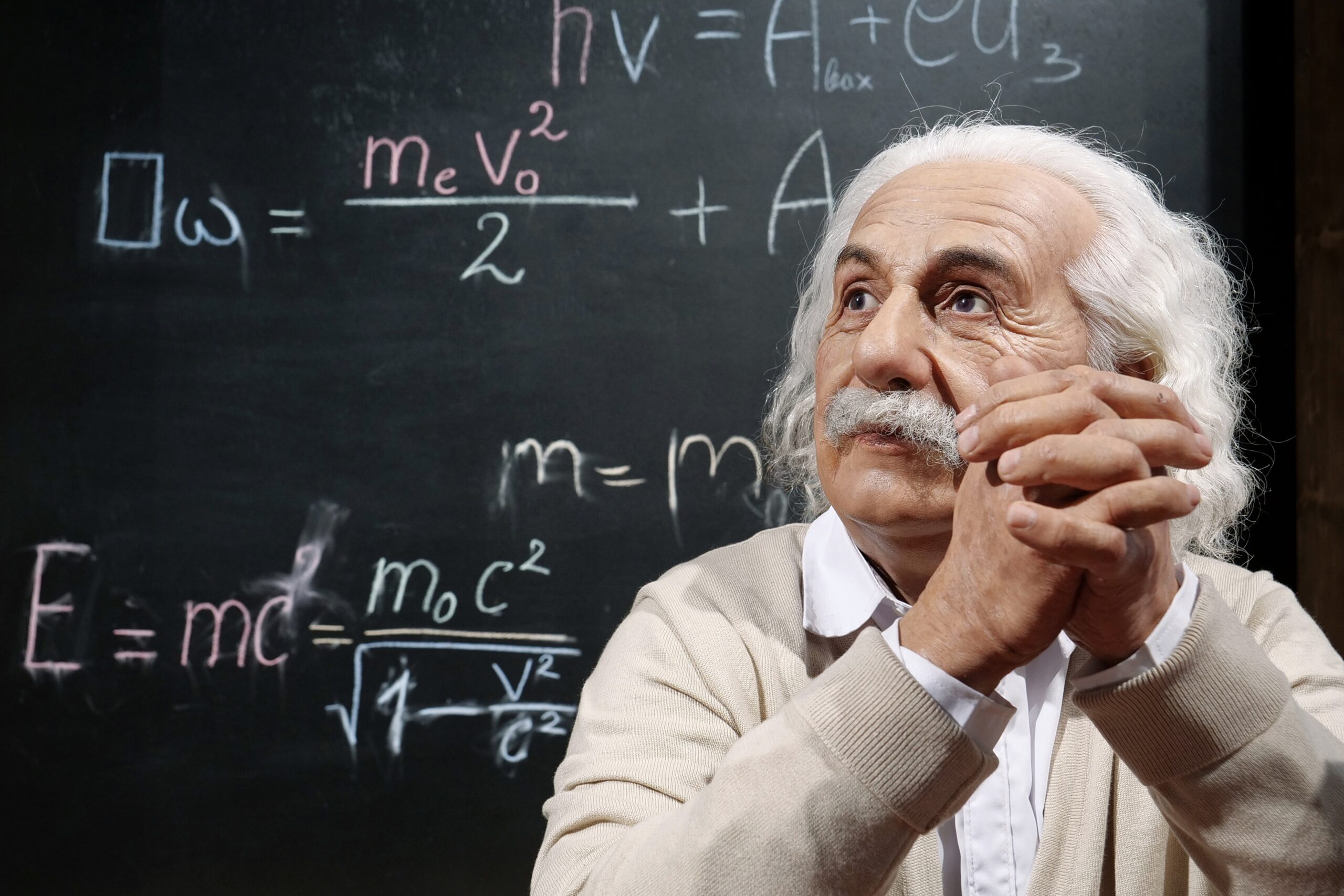
Albert Einstein’s theory of relativity, introduced in 1905 and expanded in 1915, changed our view of time, space, and gravity. It revealed that time and space are interconnected, and massive objects like planets bend spacetime. Special relativity explained that nothing can travel faster than light, leading to the famous equation E=mc². General relativity expanded on this, describing gravity as a warping of spacetime rather than a force. These ideas revolutionized physics and are essential for understanding everything from black holes to the expanding universe.
Discovery of Penicillin (Alexander Fleming)
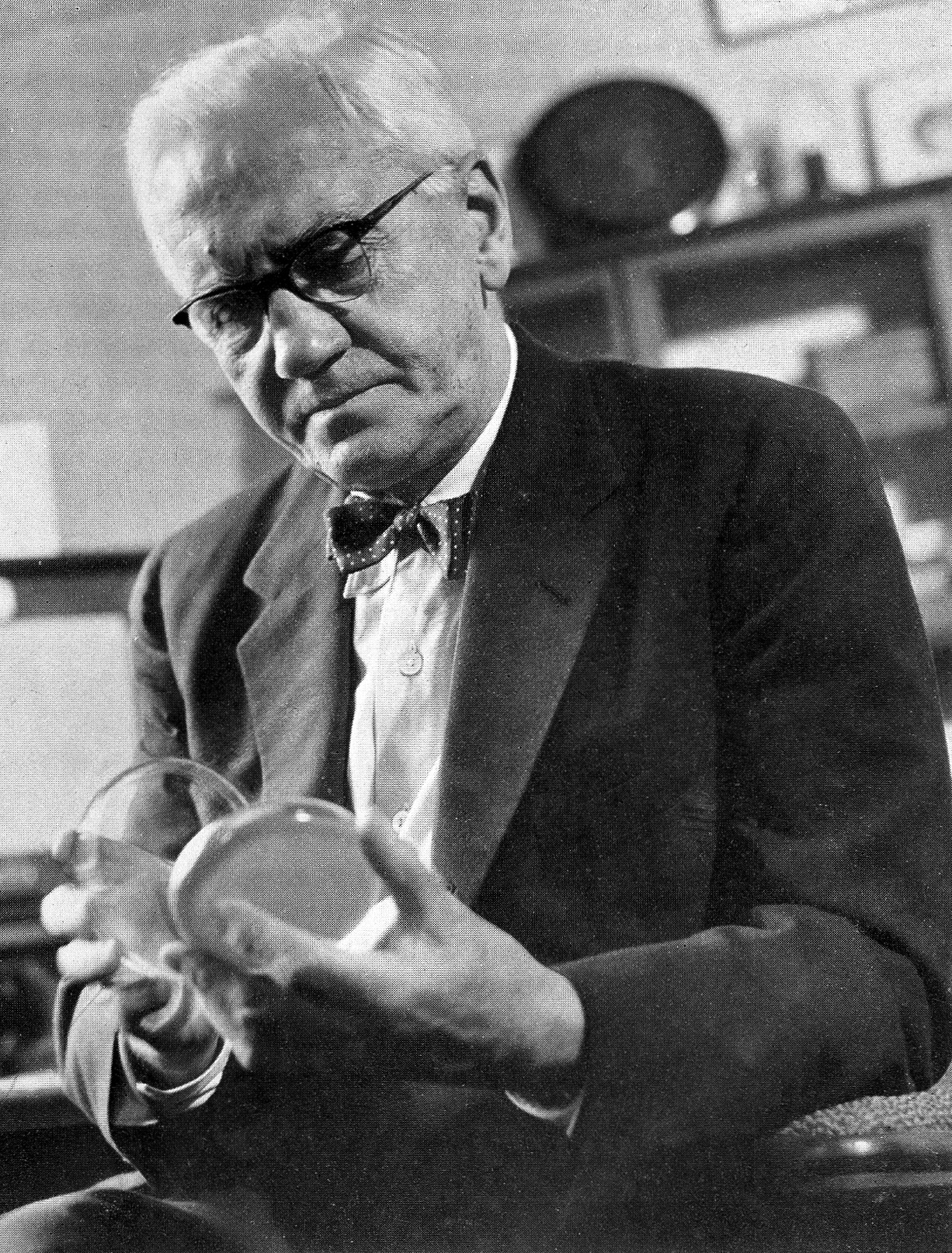
In 1928, Alexander Fleming discovered penicillin, the world’s first antibiotic. While studying bacteria, he noticed that mold, later identified as Penicillium notatum, had killed nearby bacteria in his petri dish. This discovery marked the beginning of modern antibiotics, revolutionizing medicine by enabling the treatment of bacterial infections. Before penicillin, infections like pneumonia or strep throat could be fatal. Fleming’s work paved the way for the development of more antibiotics, saving millions of lives and transforming medical treatments worldwide.
Laws of Motion and Universal Gravitation (Isaac Newton)

Isaac Newton’s laws of motion and universal gravitation, published in 1687, formed the foundation of classical physics. His three laws of motion describe how objects move when forces act on them, while the law of gravitation explains the attraction between masses. Newton’s work unified the understanding of forces on Earth and in space, showing that the same principles govern everything from falling apples to orbiting planets. These laws remain central to engineering, physics, and our understanding of the universe.
Germ Theory of Disease (Louis Pasteur, Robert Koch)
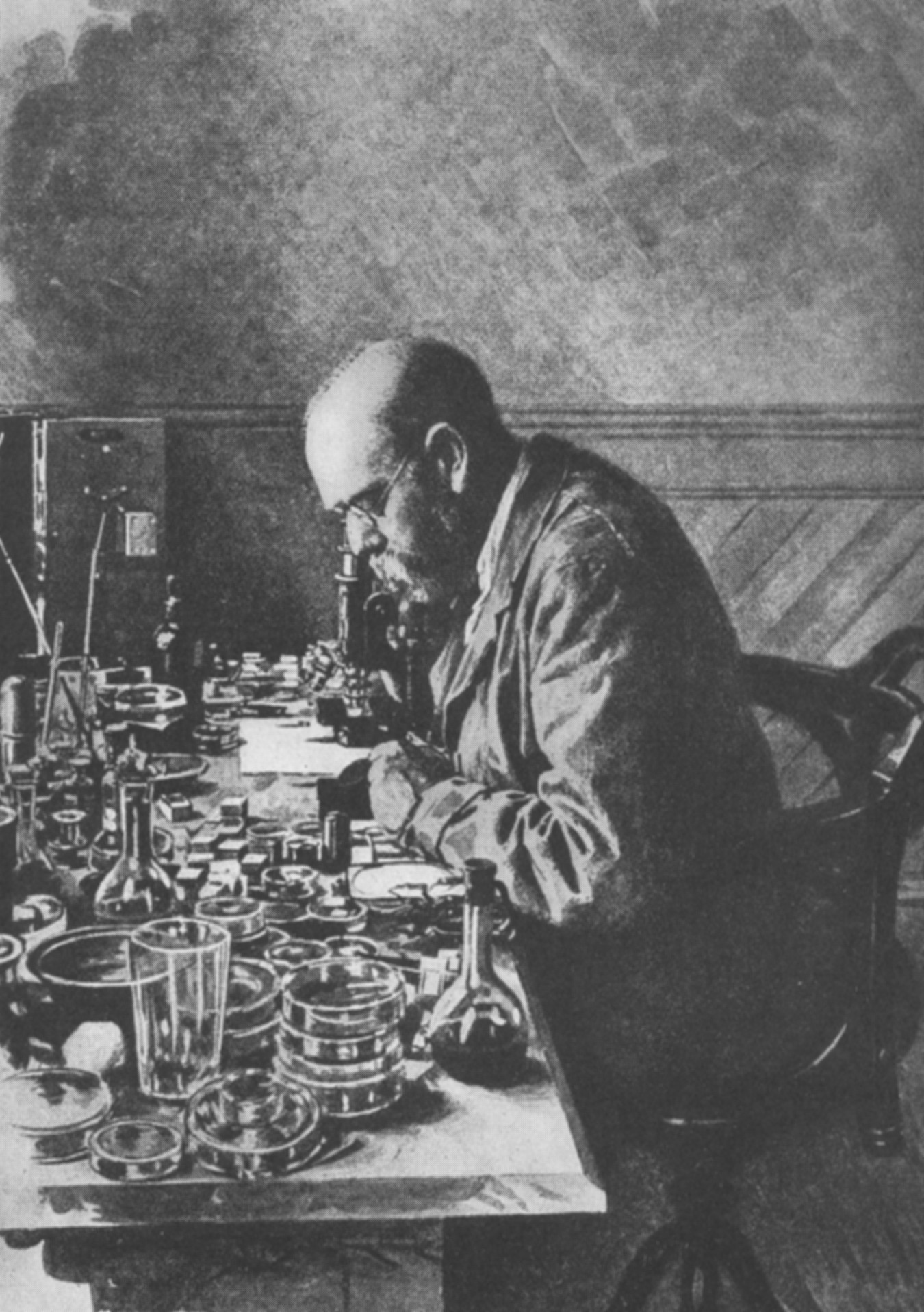
The germ theory of disease, developed by Louis Pasteur and Robert Koch in the 19th century, revolutionized medicine. It proved that microorganisms are the cause of many diseases, shifting the focus from “bad air” to pathogens like bacteria and viruses. Pasteur’s work in pasteurization and vaccines, along with Koch’s identification of disease-causing microbes, transformed public health. This discovery led to advancements in sterilization, hygiene, and vaccines, fundamentally changing how we prevent and treat diseases.
Evolution by Natural Selection (Charles Darwin)

Charles Darwin’s theory of evolution by natural selection, introduced in 1859, explained how species change over time. Darwin proposed that individuals with traits better suited for survival in their environment pass those traits to future generations. This process drives the evolution of species. His work provided a scientific explanation for the diversity of life on Earth, challenging long-held beliefs. It laid the foundation for modern biology, influencing everything from genetics to ecology.
Quantum Mechanics (Max Planck, Werner Heisenberg)
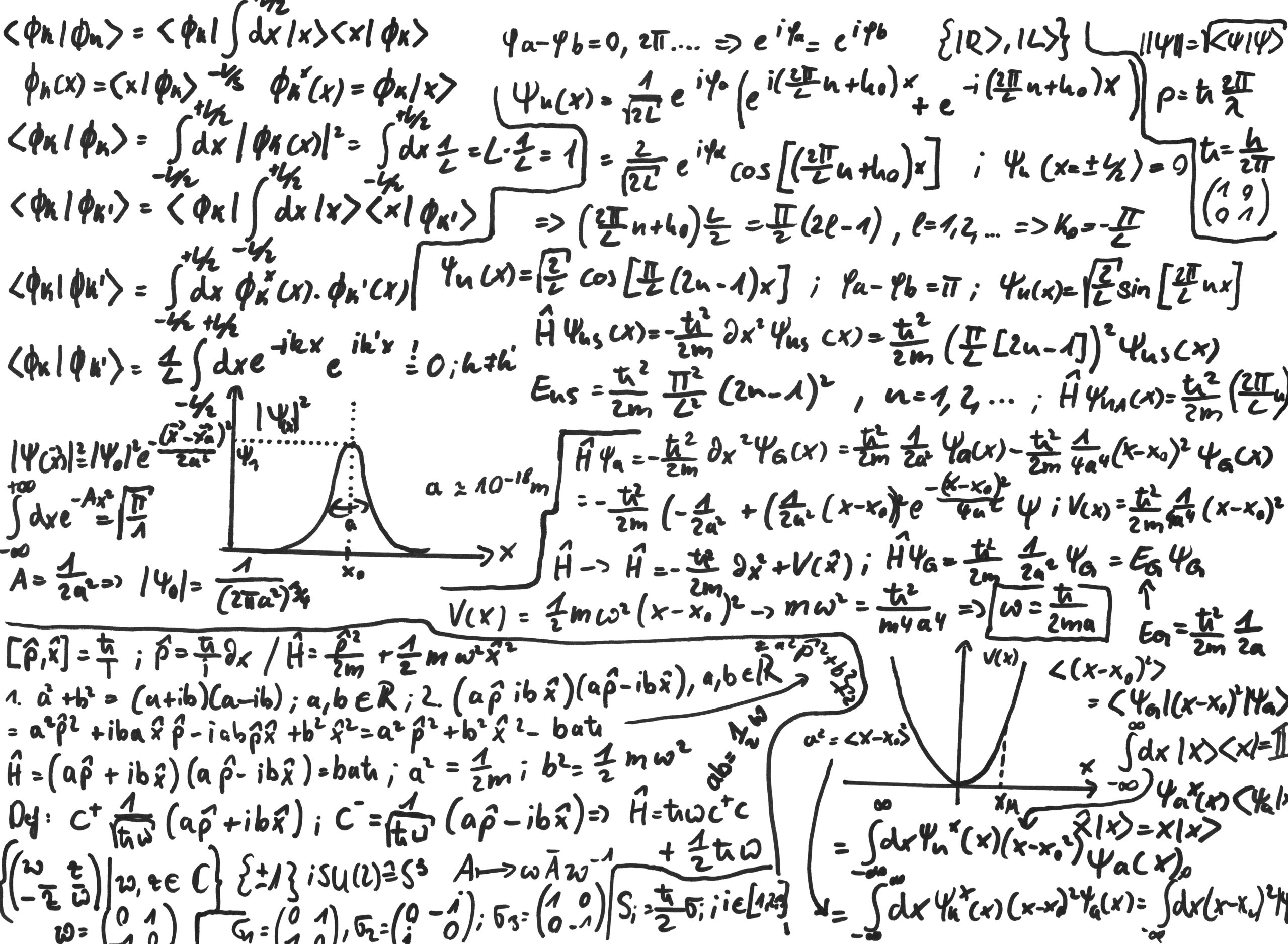
Quantum mechanics, developed by Max Planck, Werner Heisenberg, and others in the early 20th century, reshaped physics at the atomic level. This theory explains the behavior of particles like electrons, which act both as particles and waves. Planck introduced the idea that energy is quantized, while Heisenberg’s uncertainty principle stated that certain properties, like a particle’s position and momentum, cannot be known with absolute certainty. Quantum mechanics has paved the way for advancements in technology, including semiconductors and quantum computing.
The Heliocentric Model (Nicolaus Copernicus)
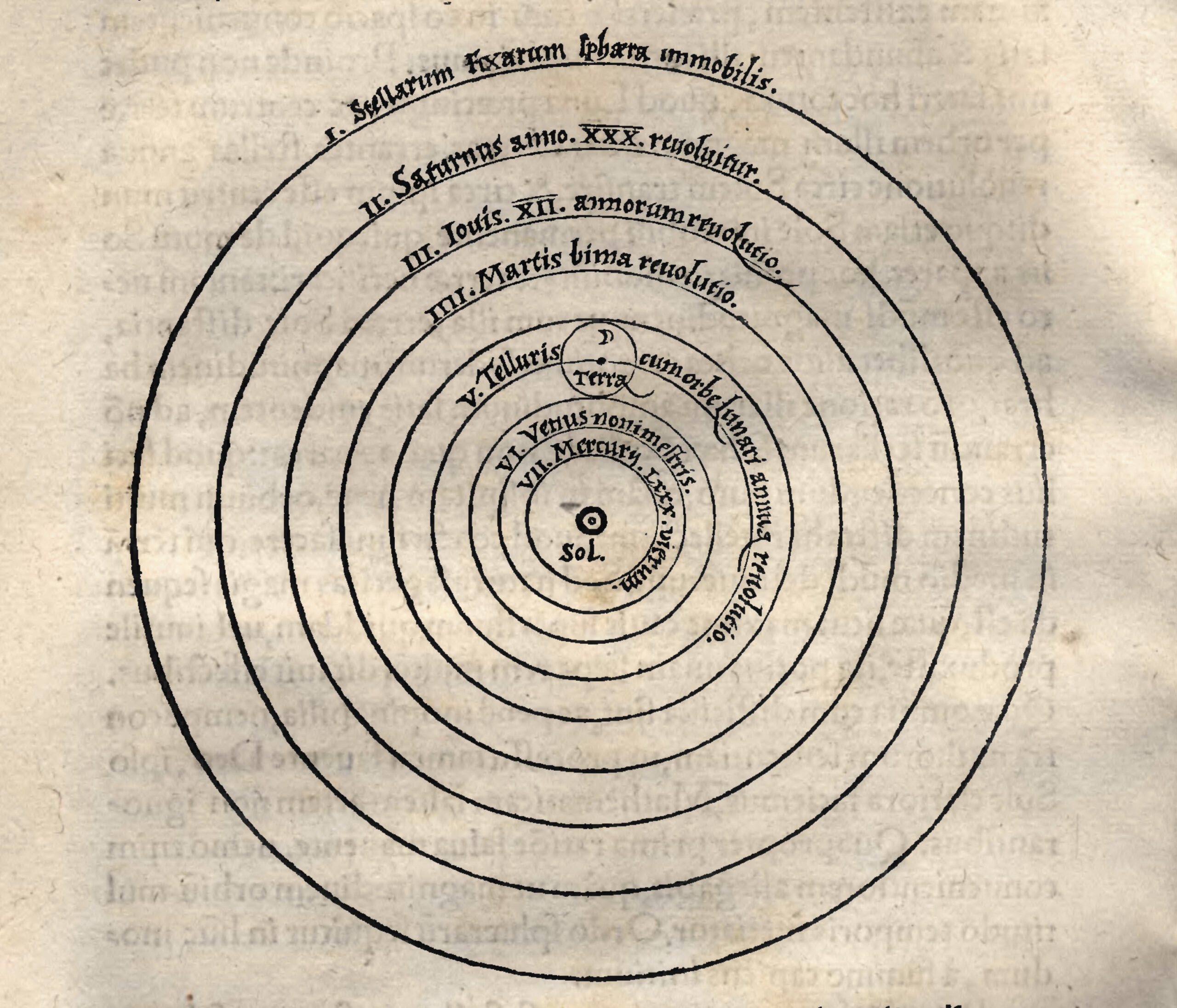
Nicolaus Copernicus’ heliocentric model, introduced in 1543, placed the Sun, not Earth, at the center of the solar system. This idea challenged the centuries-old belief that Earth was the center of the universe. Copernicus’ model simplified the explanation of planetary motion and marked a significant shift in astronomy. Although it faced resistance, it eventually led to further discoveries by scientists like Galileo and Kepler, helping to cement our understanding of the solar system and the universe.
The Periodic Table (Dmitri Mendeleev)
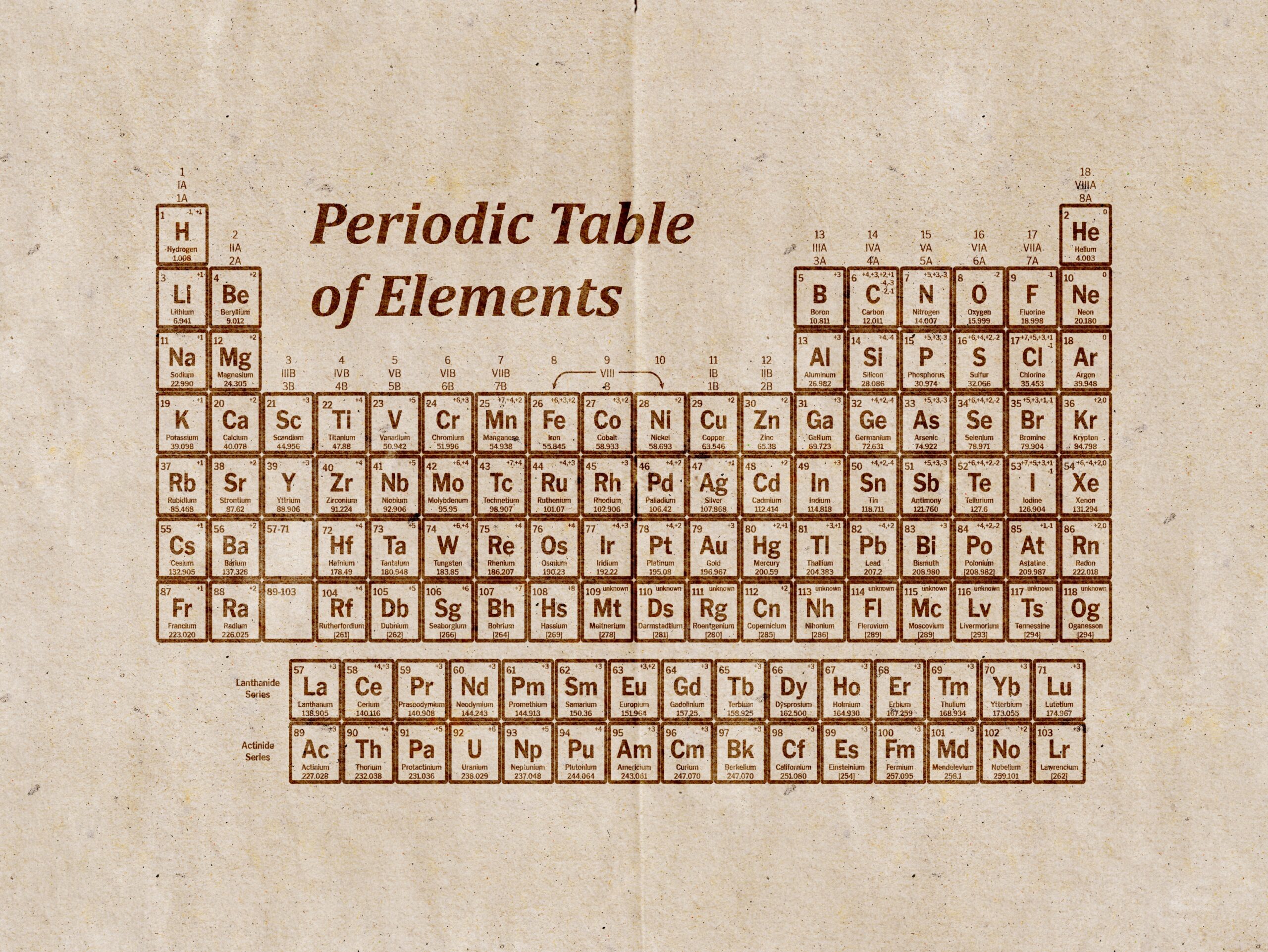
Dmitri Mendeleev’s periodic table, created in 1869, organized the known elements based on their atomic weights and properties. Mendeleev’s arrangement left gaps for elements that had not yet been discovered, and his predictions of these elements’ properties were remarkably accurate. The periodic table became an essential tool for chemists, helping to predict the behavior of elements and their compounds. It remains a cornerstone of chemistry, constantly evolving as new elements are discovered.
Electromagnetism (James Clerk Maxwell)
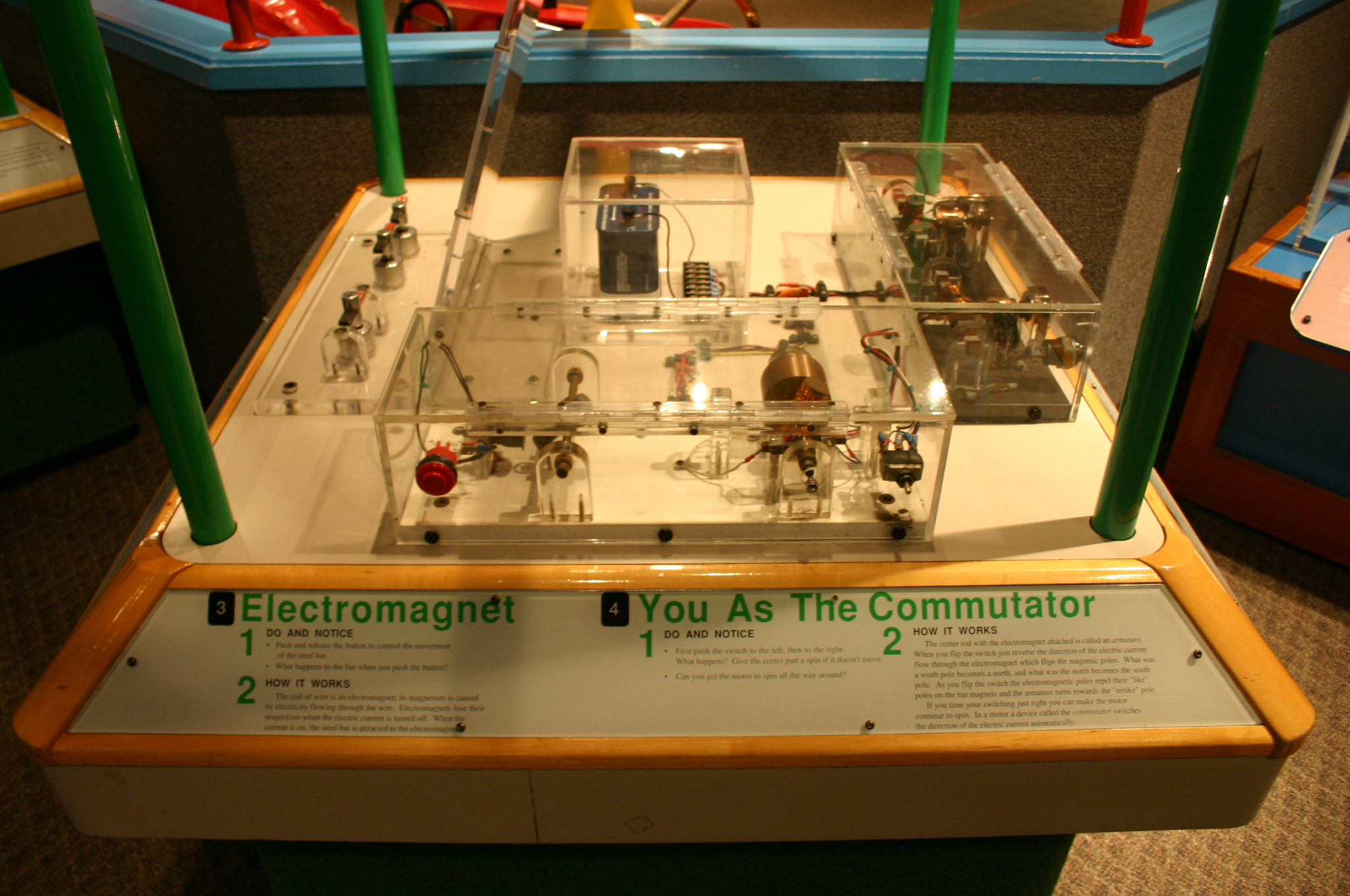
James Clerk Maxwell’s theory of electromagnetism, developed in the 19th century, unified electricity and magnetism into a single set of equations. His work showed that electric and magnetic fields travel as waves through space, giving rise to light and other forms of electromagnetic radiation. Maxwell’s equations laid the foundation for modern physics and telecommunications, impacting everything from radios to the development of wireless technologies. This discovery fundamentally changed how we understand the forces of nature.
The Big Bang Theory (Georges Lemaître)
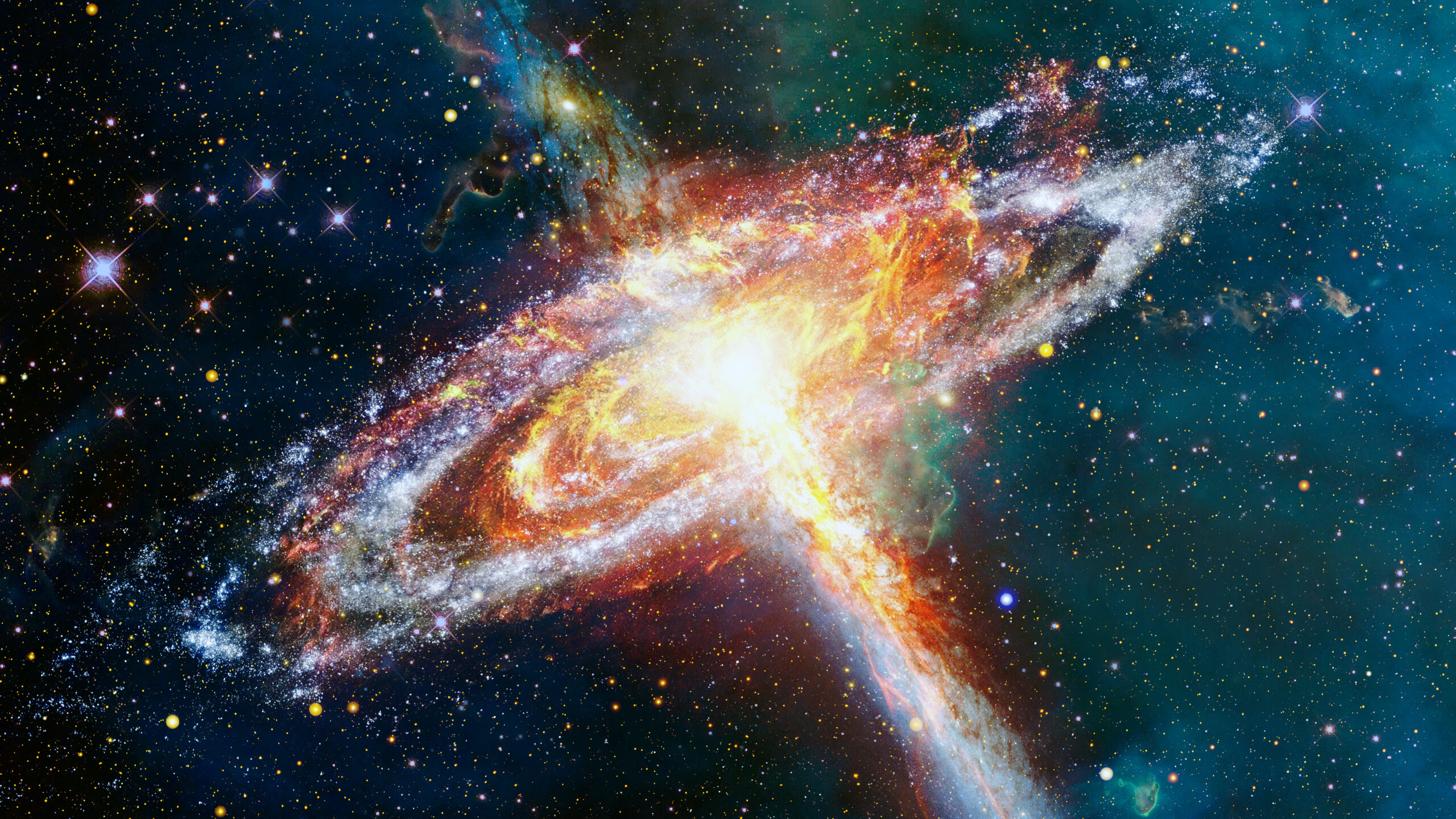
Georges Lemaître, a Belgian physicist, proposed the Big Bang theory in the 1920s, suggesting that the universe began from a single, dense point and has been expanding ever since. His work explained the observed redshift of galaxies, which supported the idea that the universe is growing. The Big Bang theory became the leading explanation for the origin of the universe, offering insights into the formation of galaxies, stars, and planets. Lemaître’s theory revolutionized cosmology and reshaped our understanding of the universe’s beginnings.
The Human Genome Project
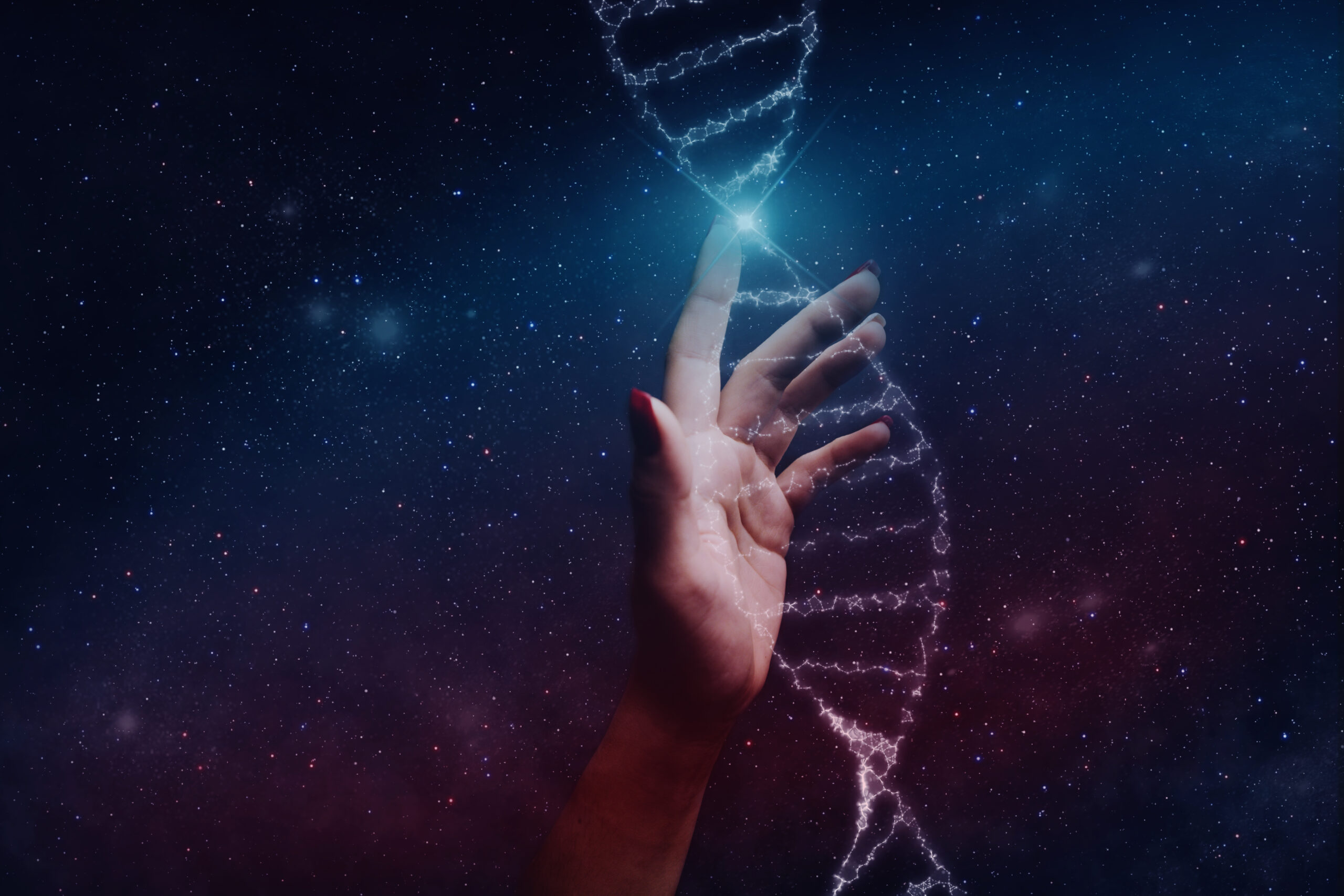
The Human Genome Project, completed in 2003, mapped the entire genetic code of humans, consisting of over 3 billion DNA base pairs. This international collaboration revealed the location and function of thousands of genes, providing new insights into hereditary diseases and human evolution. The project has paved the way for personalized medicine, allowing for targeted treatments based on a person’s genetic makeup. It was a monumental step in biology and medicine, opening doors to new research and medical advancements.
Plate Tectonics Theory (Alfred Wegener)
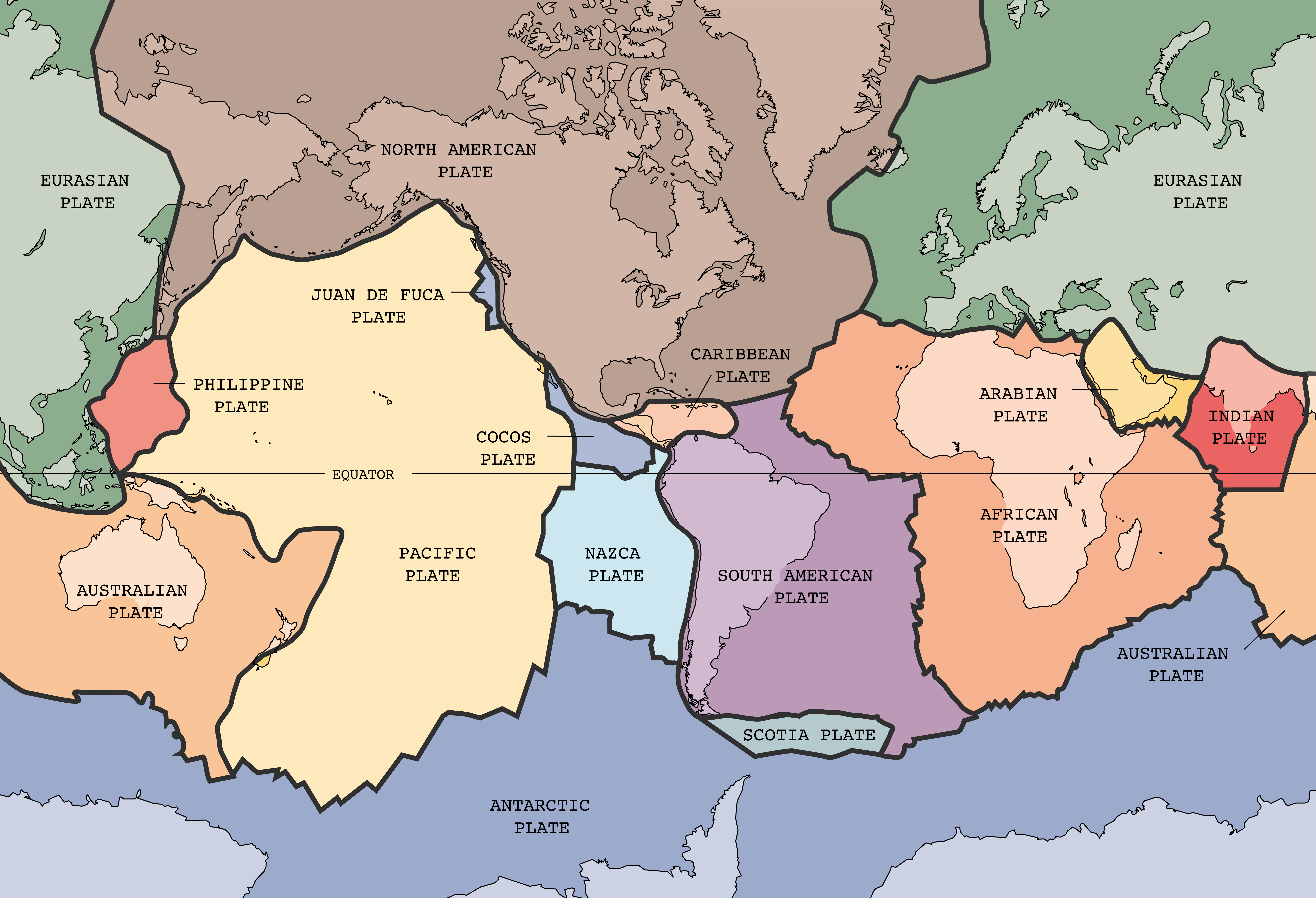
Alfred Wegener’s theory of plate tectonics, introduced in 1912, proposed that Earth’s continents move over time. Wegener suggested that the continents were once part of a supercontinent called Pangaea, which broke apart and drifted to their current positions. This theory explained phenomena like earthquakes, volcanic activity, and the formation of mountain ranges. Though initially controversial, plate tectonics is now the foundation of modern geology, giving scientists a better understanding of Earth’s dynamic processes.
Pasteurization (Louis Pasteur)
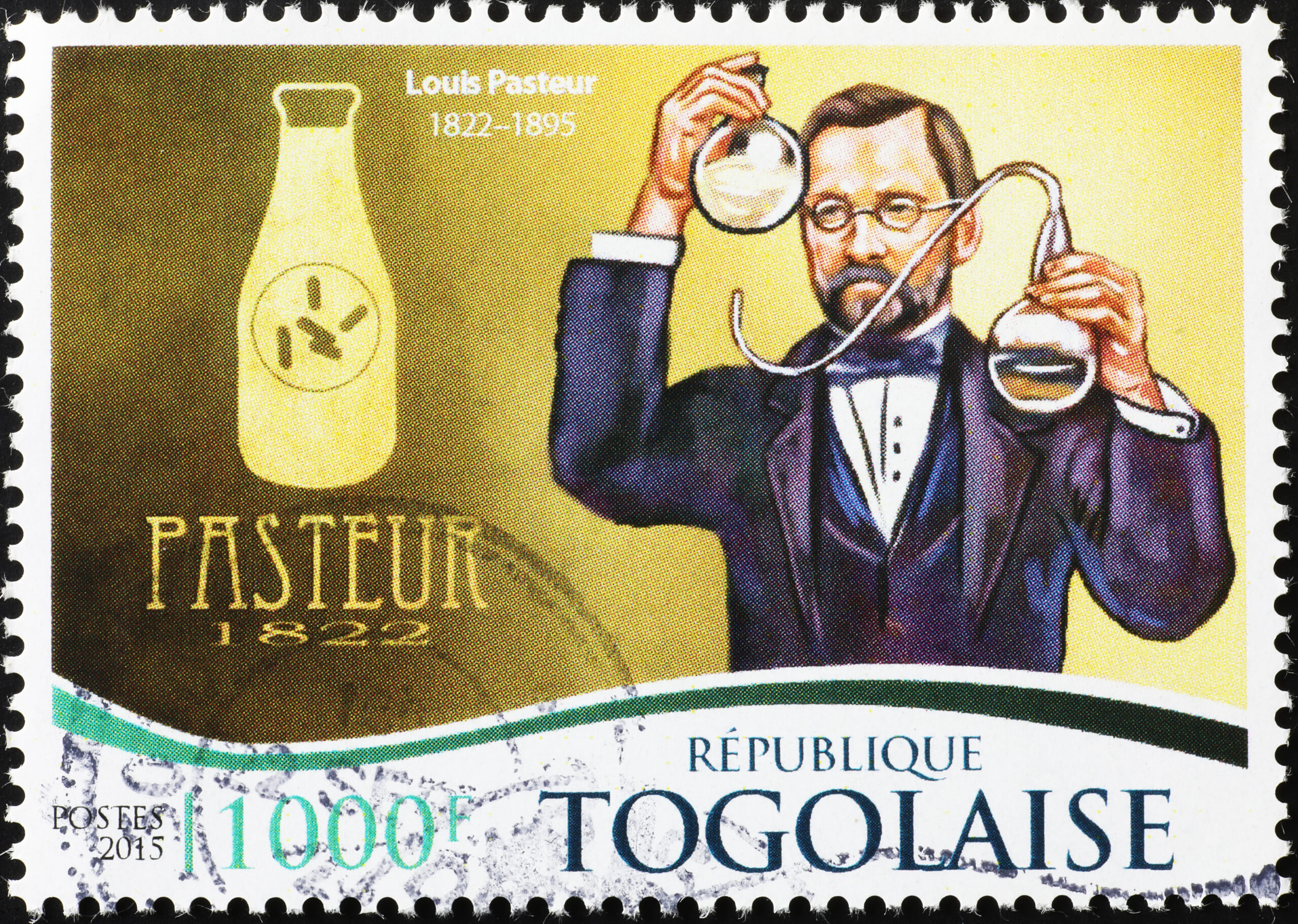
In the 19th century, Louis Pasteur developed the process of pasteurization to kill harmful bacteria in food and drinks, particularly milk. By heating liquids to a specific temperature and then cooling them rapidly, Pasteur made food safer to consume without compromising its nutritional value. This process has had a profound impact on public health, reducing the spread of diseases like tuberculosis and typhoid. Pasteurization remains a critical method in the food and beverage industry today.
Vaccination (Edward Jenner)
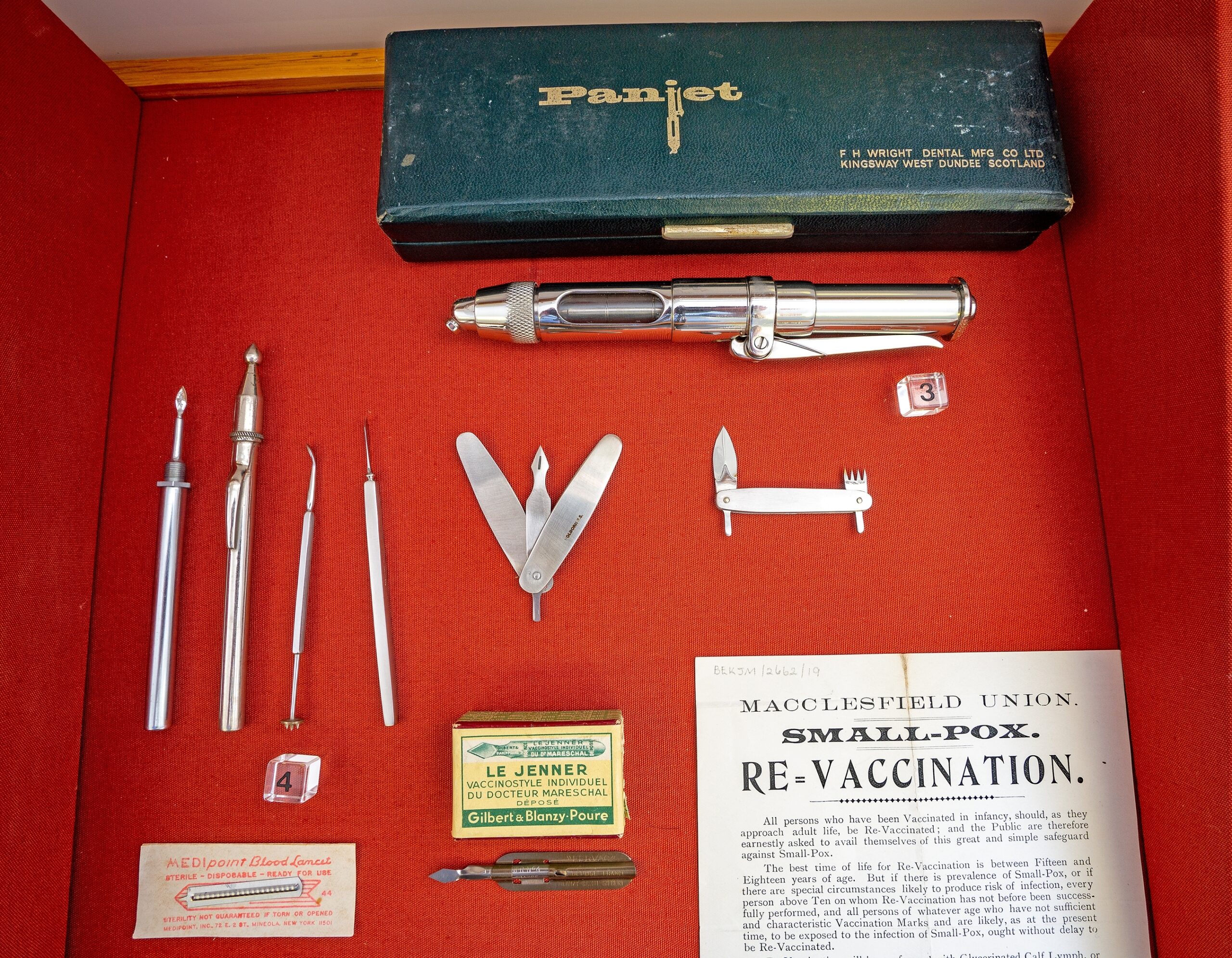
Edward Jenner’s discovery of vaccination in 1796 changed the course of medicine. By using material from cowpox to inoculate against smallpox, Jenner demonstrated that exposure to a less dangerous virus could protect against more severe diseases. His work laid the groundwork for modern immunology and has since saved millions of lives. Vaccination became a cornerstone of public health, leading to the eradication of smallpox and the prevention of many other infectious diseases.
X-rays (Wilhelm Roentgen)
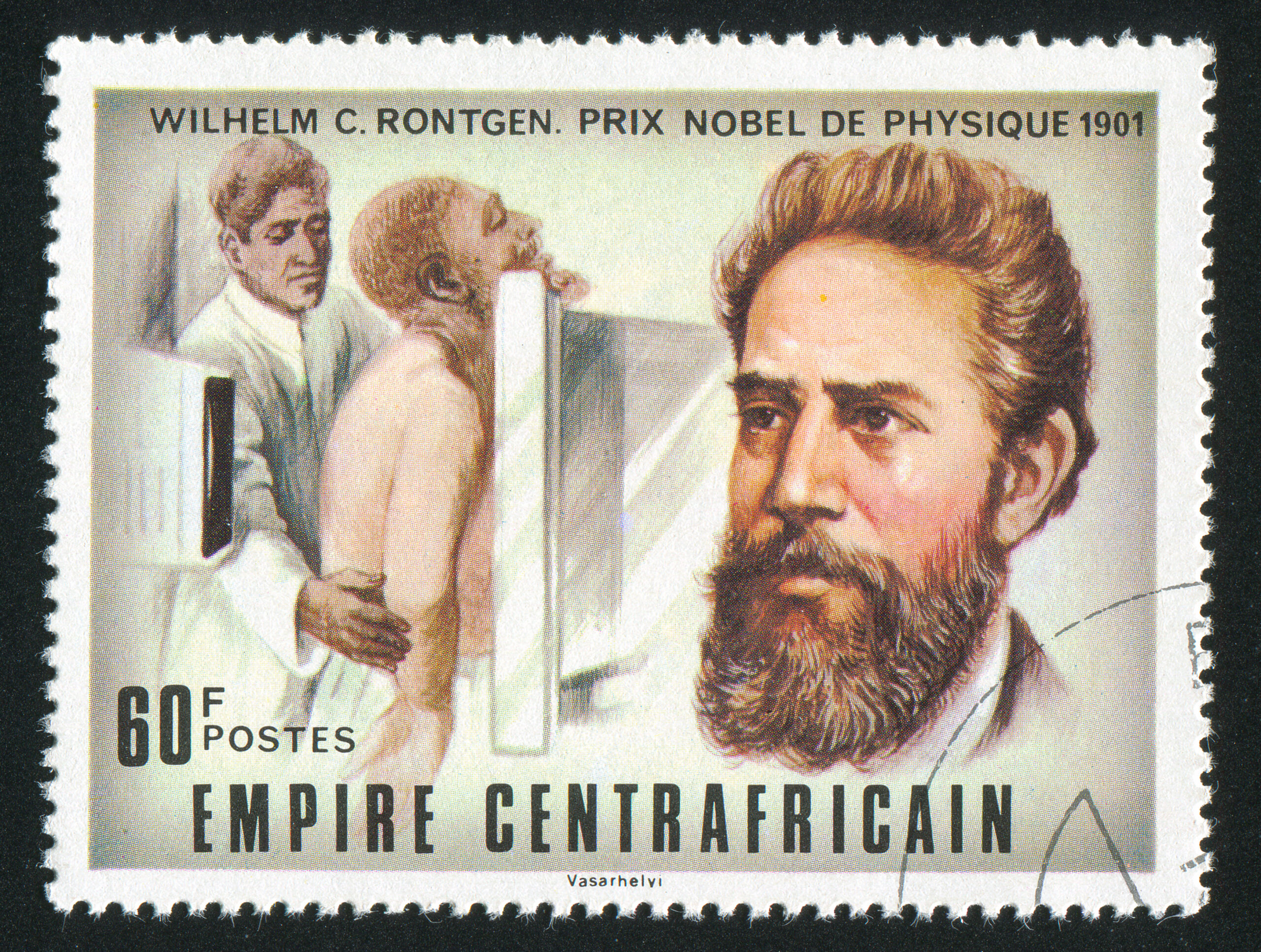
Wilhelm Roentgen’s discovery of X-rays in 1895 revolutionized medical diagnostics. Roentgen noticed that a new form of radiation could pass through solid objects and create images of bones and internal organs. This breakthrough allowed doctors to see inside the human body without surgery, greatly improving diagnostic techniques. X-rays became a vital tool in medicine, and Roentgen’s work laid the foundation for the development of other imaging technologies, such as CT scans and MRIs.
Radioactivity (Marie Curie)
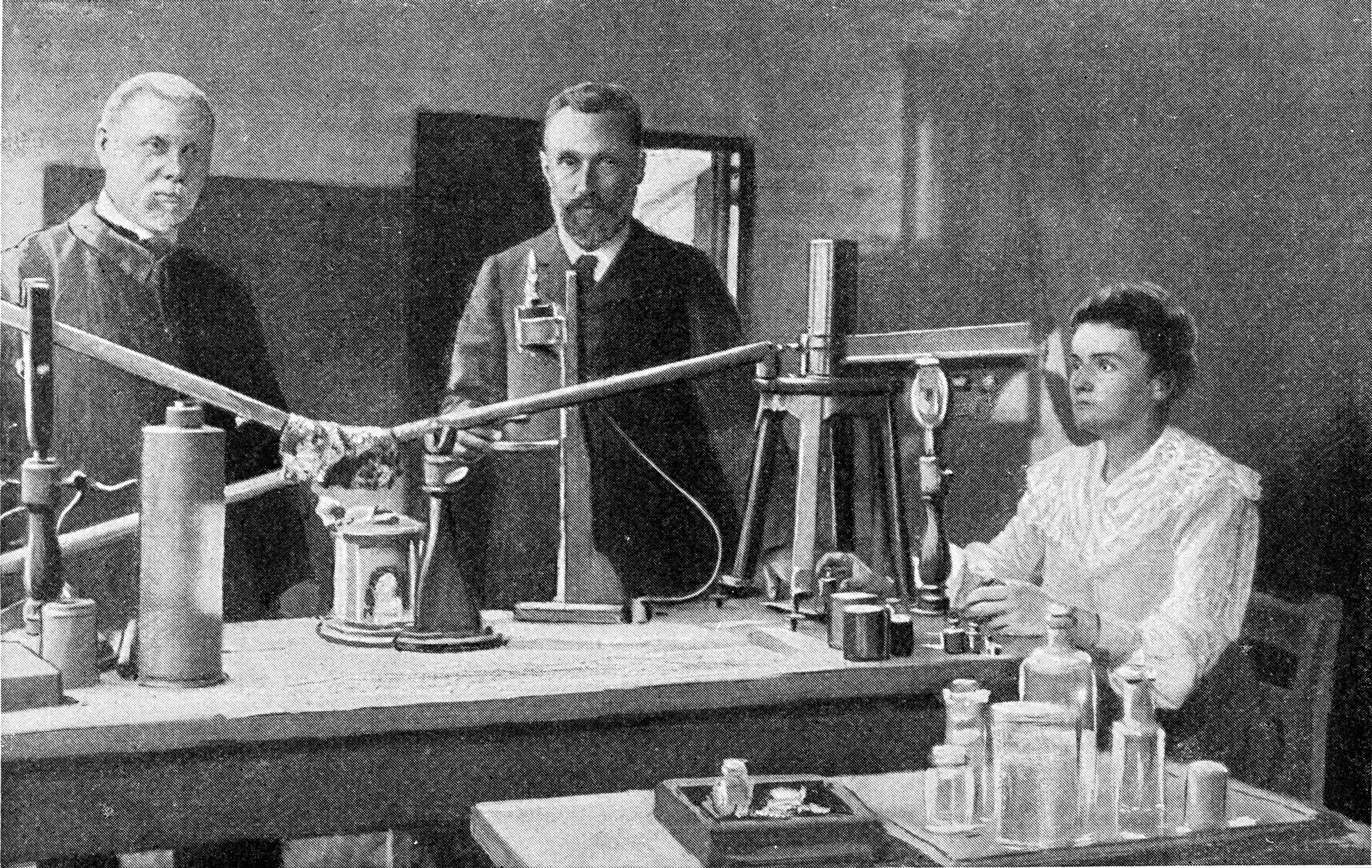
Marie Curie’s research on radioactivity in the late 19th and early 20th centuries was groundbreaking. Curie discovered two radioactive elements, polonium and radium, and showed that radioactivity is a property of certain atoms. Her work had far-reaching implications in physics, medicine, and nuclear science. Curie’s discoveries led to the development of cancer treatments, the use of radioactive isotopes in medical imaging, and advancements in nuclear energy. She remains one of the most influential scientists in history.
This article originally appeared on Rarest.org.
More from Rarest.org
7 Rare Vintage Puzzle Sets That Puzzle Enthusiasts Want

For puzzle enthusiasts, vintage sets offer more than just a fun challenge—they hold a sense of nostalgia and craftsmanship that modern puzzles often lack. Read More.
15 Prestigious Fountain Pen Brands Collectors Cherish

Fountain pens have long been treasured not only for their writing quality but also for their elegance and craftsmanship. Read More.
13 Overlooked Destinations in the Heart of Africa

Africa is home to some of the world’s most extraordinary and diverse landscapes, yet many of its hidden gems remain overlooked by travelers. Read More.
